Plants that complement hellebores – for colorful borders full of winter and spring flowers
One garden expert reveals the best planting companions for much-loved hellebores
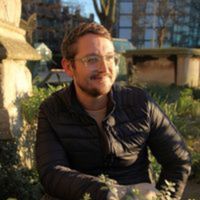
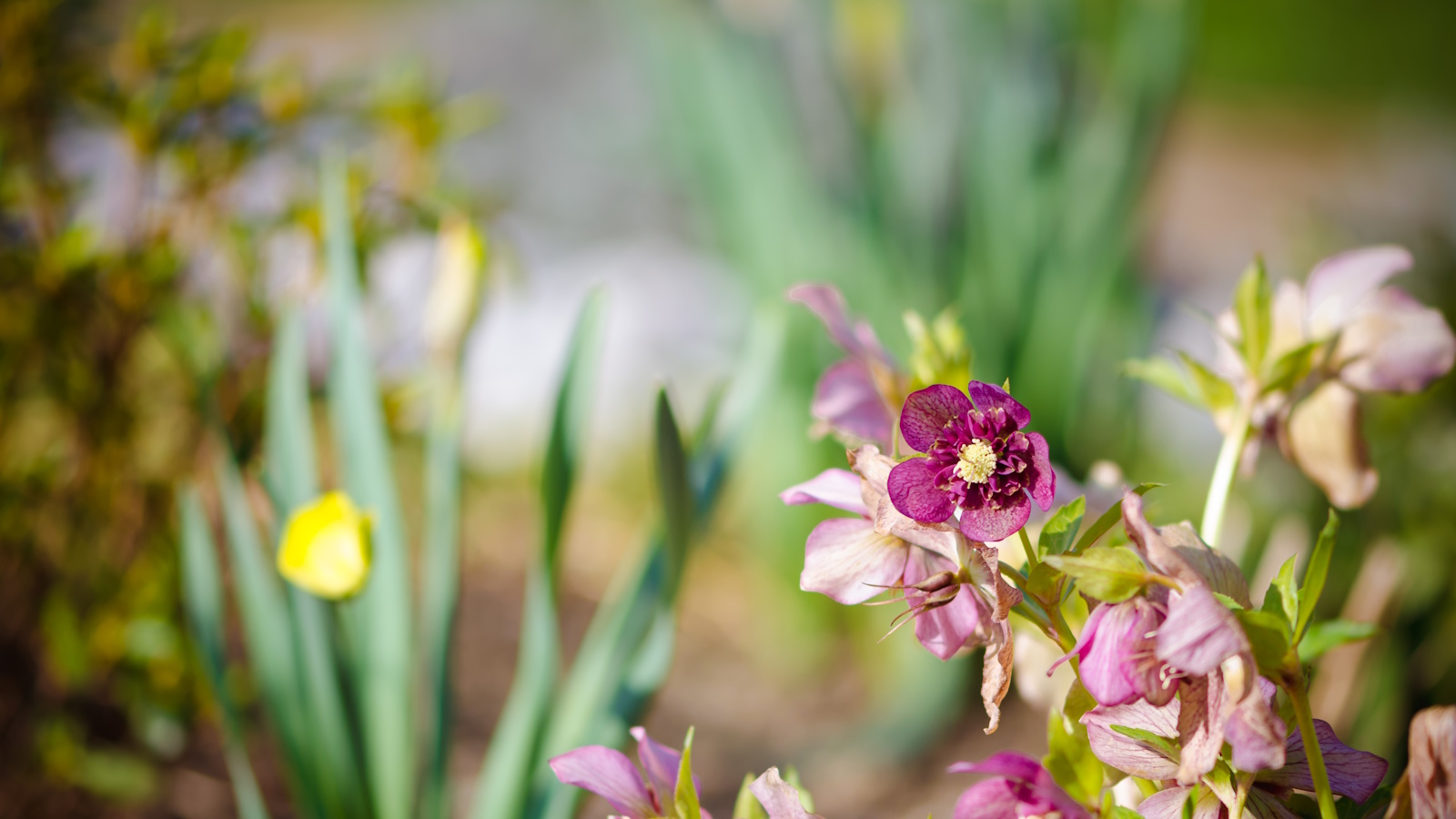
Hellebores are one of the most popular winter flowering plants. Even in the depths of December and January, when it is cold and dark, hellebores exhibit remarkable strength, producing shoots and blooms at a time when color is most needed in the yard.
While hellebores are undoubtedly star performers, supporting companion plants are just as important. One hellebore in a garden border might not look very impressive, but a flowering hellebore plant surrounded by lush ferns and spring bulbs will make for quite a spectacle.
I aske a garden expert and author from Illinois to share some of the best plants that complement hellebores to guarantee a lush, colorful winter and spring display. Whatever hellebore varieties you grow, these companion plants are sure to fill your yard with impactful foliage and flowers.
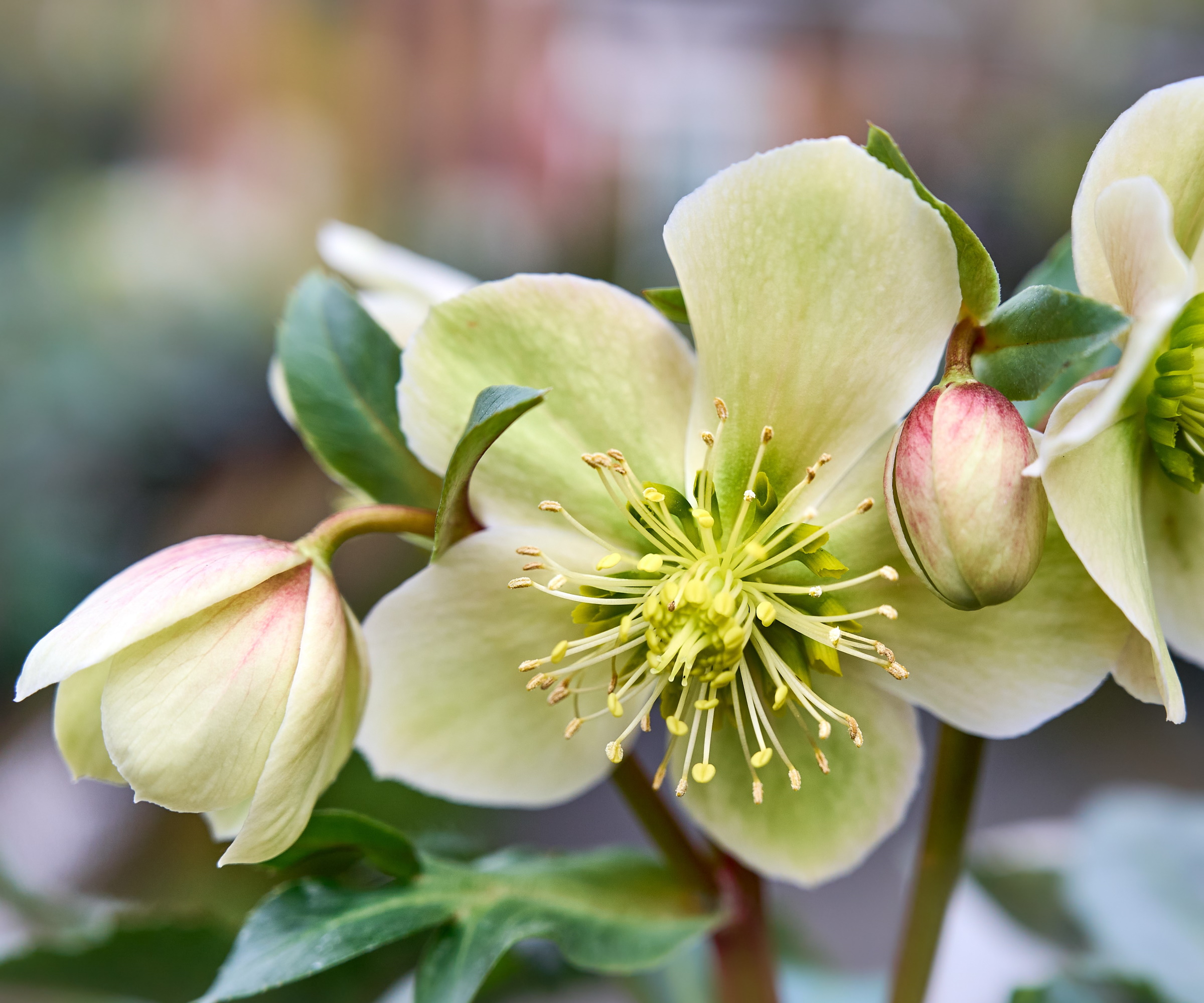
Best plants that complement hellebores
When considering companion planting for hellebores, it is always important to select perennials, evergreens or bulbs that prefer similar conditions. While it will vary from species to species, most hellebores are cold-hardy and can be grown down to US hardiness zone 3 or zone 4, with a preference for part-shade and moist soil. Such is the case for the popular lenten rose, Helleborus orientalis, which does best in a dappled, woodland-like environment.
1. Japanese painted fern

'I have grown hellebores for many years,' says Nina Koziol, garden expert, author and teacher at the Chicago Botanic Garden. 'The good thing about hellebores is that they tend to be useful as deer-resistant shade plants, ideal if you reside in an area with pest problems.
'One novel companion planting idea is Japanese painted ferns, Athyrium niponicum, which are native to eastern Asia. I love the color of this fern, with silver and bluish fronds offering a nice contrast to green hellebore leaves,' Nina says.
Considered some of the best ferns for shade, Japanese painted ferns can be grown from US hardiness zone 5 to zone 8, and do best in darker corners of the yard. While this is a deciduous fern, leave the fronds on the plant for winter interest, snipping down to the base at the end of winter. New shoots in early spring will contrast nicely with spring flowering hellebore varieties.
Design expertise in your inbox – from inspiring decorating ideas and beautiful celebrity homes to practical gardening advice and shopping round-ups.
Japanese painted fern live starter plants are available from Walmart.
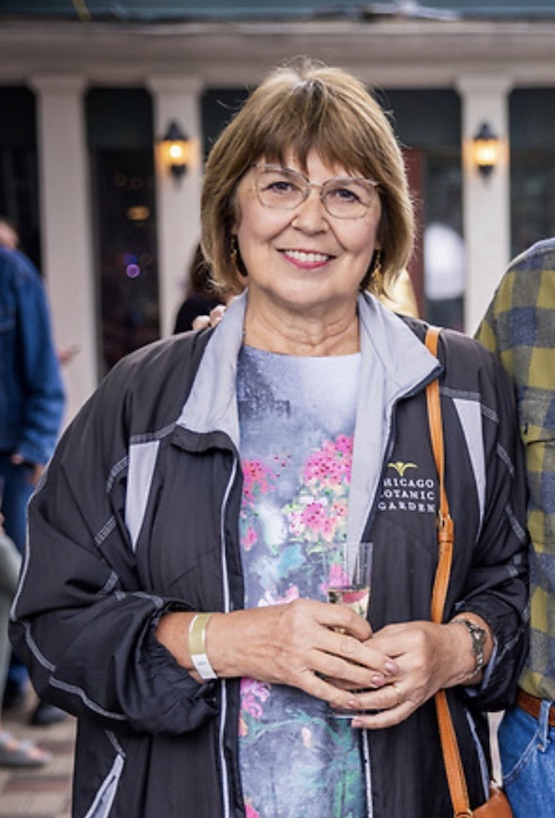
Nina Koziol has taught at the Chicago Botanic Garden since 1998. She gardens on an acre southwest of Chicago and is the author of the new book, White Gardens: Creating Magnificent Moonlight Spaces, available from Amazon.
2. Daffodils
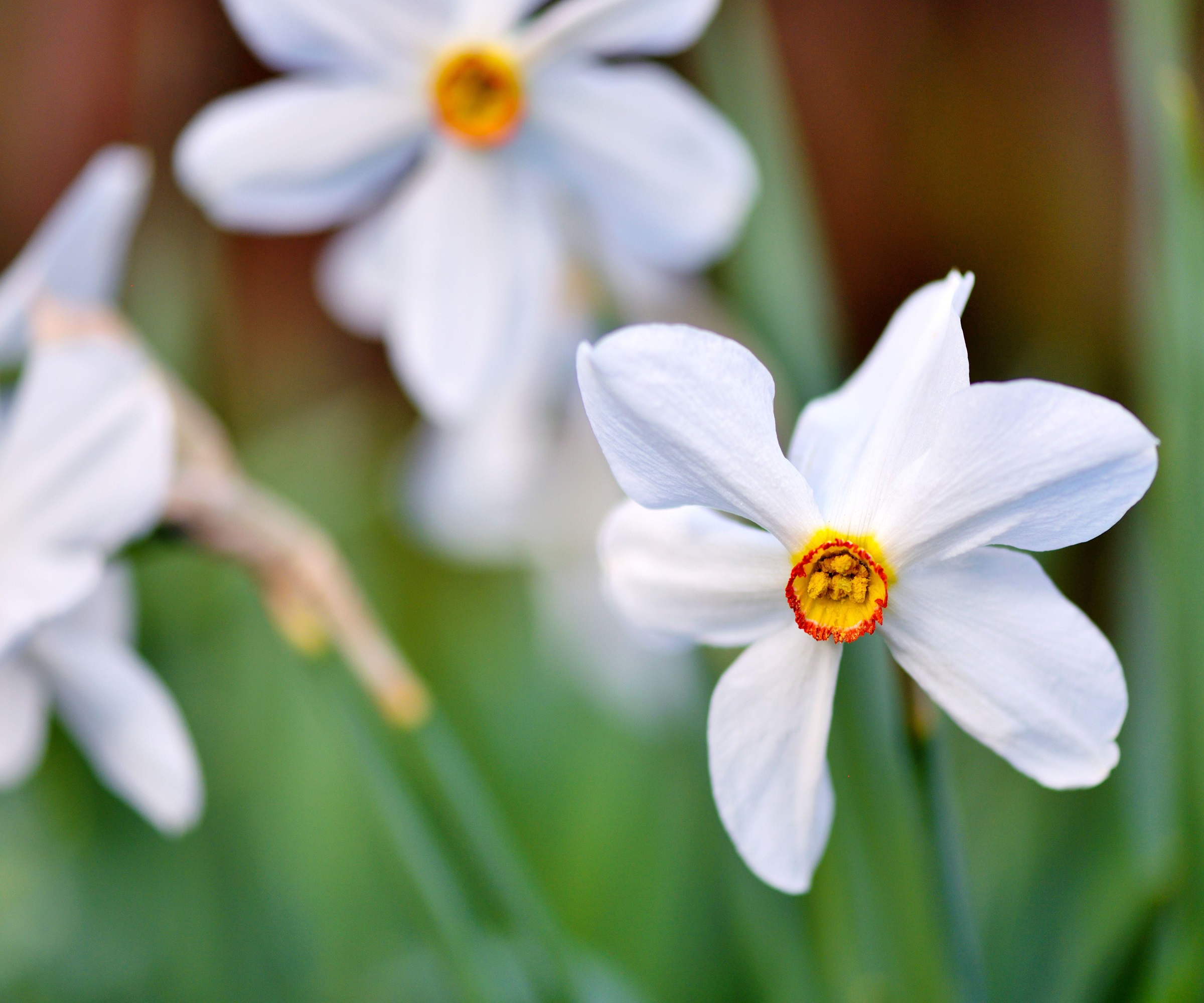
'One perfect hellebore companion plant has to be daffodils,' Nina continues. 'I love growing miniature bulb species that flower early, adding color to the borders during the darkest months.'
Daffodils can be grown from zone 3 plus, but tend to do better with at least some sunlight, so planting these in partially shaded borders is best. For a striking option, one of the best varieties of narcissi has to be Narcissus 'Toto', which reaches no more than eight inches tall, bearing delicate pale cream trumpet flowers.
If you are looking for plants that complement hellebores, then Narcissus 'Toto' is certainly one species that looks impactful when grown in drifts along the edge of a woodland bed. It would also look good alongside hellebores in containers, ideal if you are growing in a smaller yard, terrace or balcony.
There are, however, hundreds of other species to choose from, with many different daffodil bulbs available from Walmart. Just remember to get daffodils in the ground as early as possible, or if you are planting later in winter, in December for example, choose a later flowering daffodil species, such as Narcissus poeticus which will not flower until April or May. Narcissus poeticus bulbs are available from Amazon.
3. Epimedium
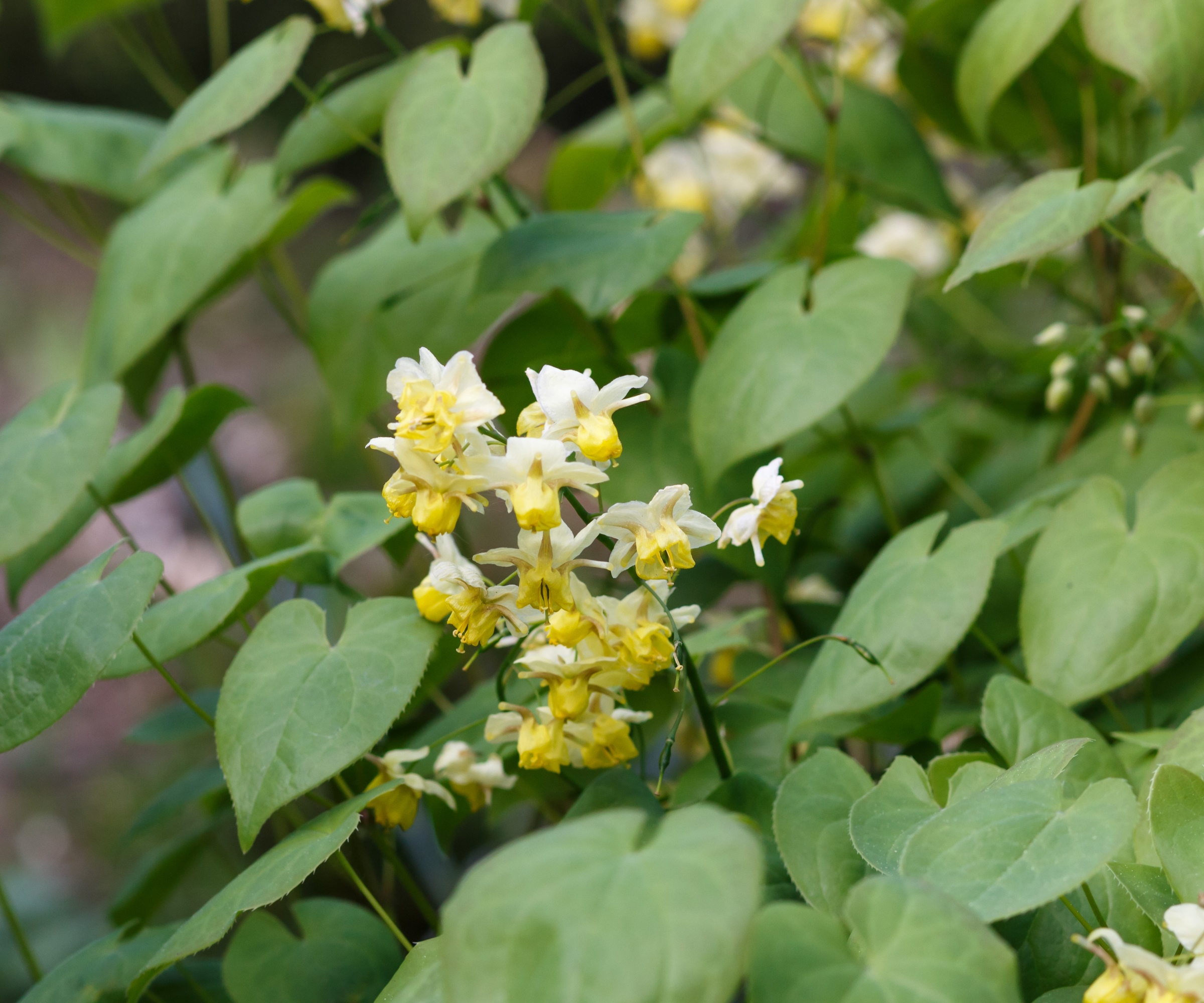
Another plant that Nina recommends growing alongside hellebores is epimediums. 'Much like Japanese painted ferns, epimediums perfectly complement hellebore flowers and foliage.
'I like these combinations because they offer contrast, both in terms of texture and shape of the foliage,' Nina says. 'Epimediums have pointy, heart-shaped leaves opening in lime green in the early spring, working nicely with the dark green of most hellebores.'
They are resilient woodland plants that thrive in shady conditions and can be grown in US hardiness zones 5 to 9. Epimediums have very similar preferences to hellebores, also preferring a little moisture in the soil but can tolerate periods of drought.
Epimedium live plants are available from Walmart.
4. Merrybells
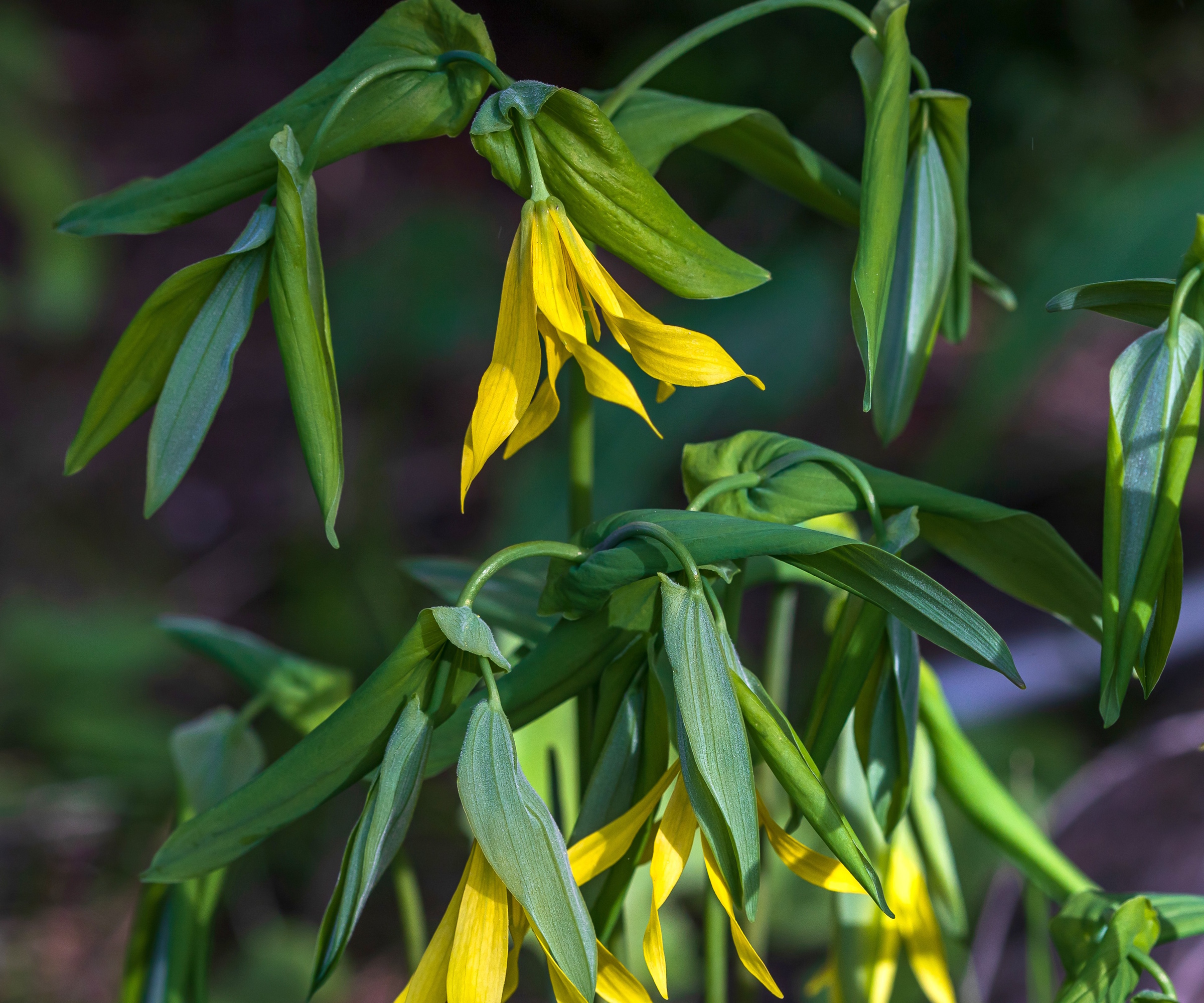
Merrybells, or Uvularia grandiflora, is an unusual but no less impressive spring flowering plant. Found growing across eastern and central North America, including in Georgia and Minnesota, this native plant is another recommendation from Nina if you are looking for plants that complement hellebores.
Growing best from US hardiness zone 3 to US hardiness zone 8, this rhizomatous perennial produces arching stems bearing unusual, daffodil-yellow blooms in early spring. The strange, slightly twisted flowers are perfect if you are looking for something unique to add to your borders this year.
Much the same as hellebores, merrybells prefer full shade to partial shade, doing best in moist but well-draining soil. Merrybells seeds are available to order online from Walmart.
5. Wild ginger
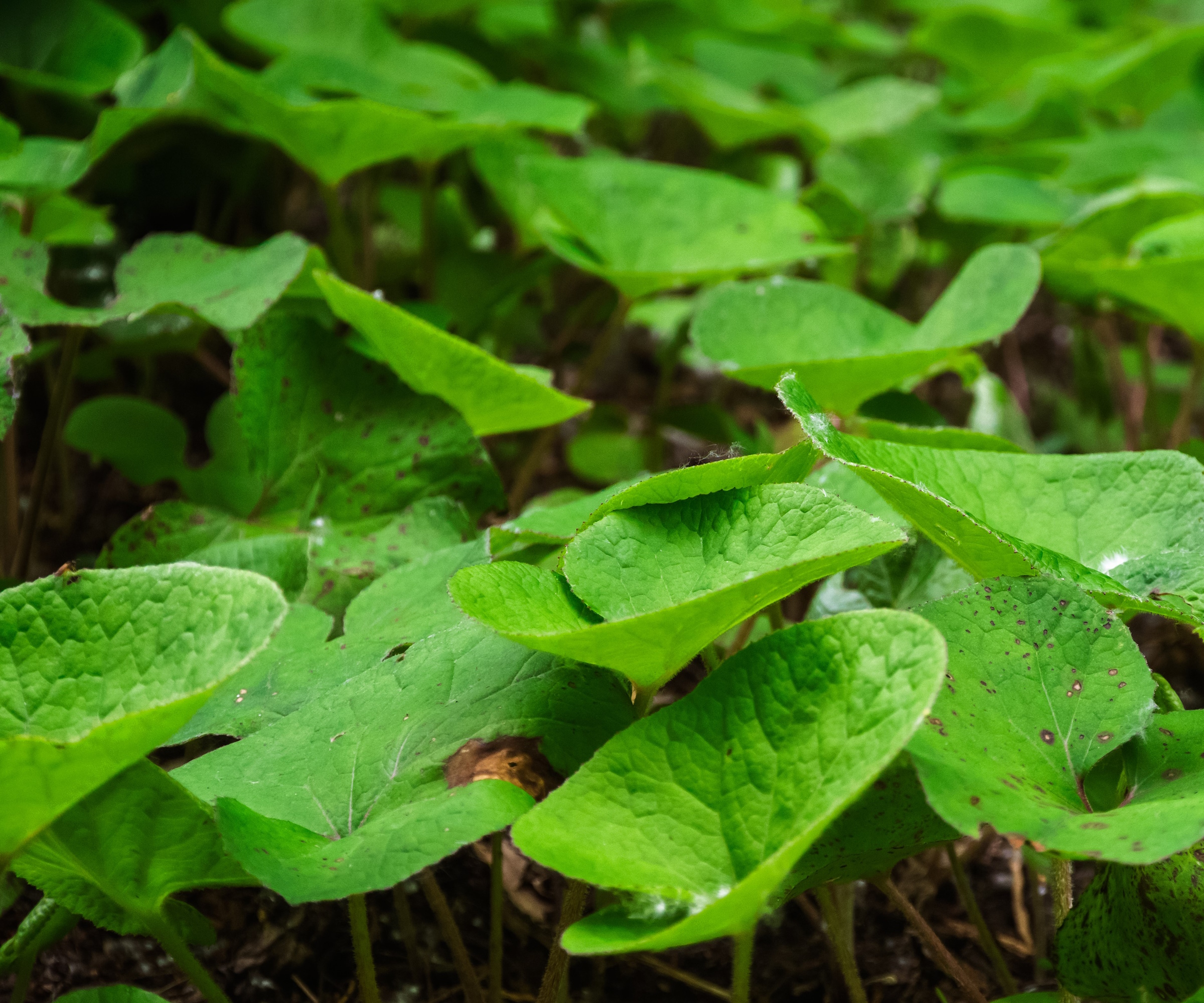
Nina's final recommendation is wild ginger, Asarum canadense, which is a low-growing plant native to North America. Grown for its attractive, rounded foliage that emerges early in the year, wild ginger is a shade-tolerant ground cover plant that will form a lush, green carpet alongside hellebores. Wild ginger starter plants are available from Amazon.
Wild ginger can be grown from US hardiness zone 3 to US hardiness zone 7, making for a good choice in cooler, northern regions. One word of caution, however, is that much the same as hellebores, wild ginger are considered poisonous plants.
Toxins in the foliage of wild ginger plants can irritate the skin and cause harm to both humans and pets if ingested. All parts of hellebore plants are also considered toxic, especially the rhizome, so if you are handling, planting or pruning either of these species, approach with caution.
To be safe, always wear protective gear, such as these long gardening gloves, available from Amazon, which will protect your hands and arms from any sap that can irritate your skin.
FAQs
What is the best evergreen to plant alongside hellebores?
One evergreen that would work very well alongside hellebores would be the fragrant sweet box, Sarcococca confusa. Growing best in shady borders from zone 6 to zone 9, sweet box is considered one of the easiest evergreen shrubs to grow, providing year-round greenery and an attractive backdrop when hellebore blooms emerge. Sweet box live starter plants are available online via Walmart.
'If you are looking for a taller shrub that thrives in a woodland setting, why not learn how to grow a tree peony,' Nina recommends. 'Tree peonies, or Paeonia suffruticosa, do well in dappled light at the edge of woodland gardens, and look perfect with an understory of striking hellebores.'
For more information, see our guide on companion planting mistakes, to learn what plants to avoid growing side by side that can do more harm than good.

Thomas is a Content Editor within the Gardens Team at Homes and Gardens. He has worked as a professional gardener for both public spaces and private estates, specializing in productive gardening, growing food and flowers. Trained in Horticulture at the Garden Museum, he has written on gardening and garden history for various publications, including The English Garden, Gardens Illustrated, Hortus, The London Gardener and Bloom. He has co-authored a Lonely Planet travel book, The Tree Atlas, due out in 2024.


